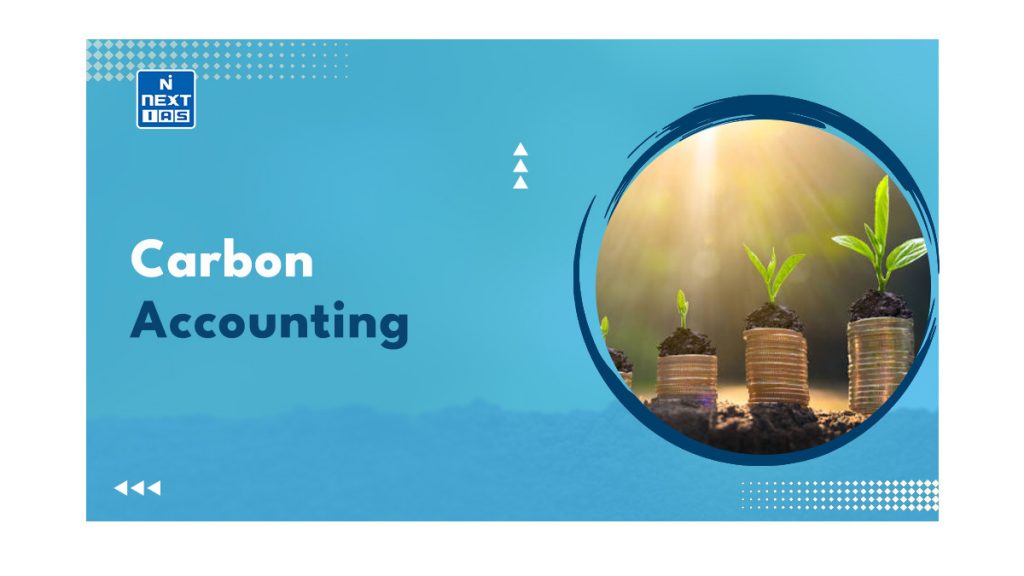
Learn how carbon accounting helps businesses and organizations measure, manage, and reduce their carbon emissions. Discover the importance of tracking carbon footprints and making sustainable choices for a greener future.
What is the Meaning of Carbon Accounting?
It refers to the measuring, monitoring and making use of systematic procedures to assess and quantify how much carbon dioxide equivalent (CO2e) an entity or an activity is emitting. It is also known as “GreenHouse Accounting”.
The Greenhouse gasses such as CO2, methane, nitrous oxide, and fluorinated gasses, are measured through it.
Methods of Carbon Accounting
It involves the measurement and tracking of greenhouse gas emissions, primarily carbon dioxide (CO2) and other greenhouse gasses, produced by human activities. Here are some of the key methods of carbon accounting:
Spend-based Method
The financial value of a commodity or service is multiplied by an emission factor, or the amount of emissions created per dollar, in the spend-based approach of computing GHG emissions, yielding an estimate of the emissions produced.
Activity-based Method
The activity-based method makes use of data to identify how many units of a specific good or material a business has bought. For instance, it may be liters of gasoline, kilograms of fabric, etc.
Sectoral Accounting
Emissions are categorized by industry sectors, such as energy, transportation, agriculture, and forestry. This approach helps identify emission sources within specific sectors.
What are the Carbon Accounting Standards?
Identifying, assessing, and tracking GHG emissions and their impacts on ecosystems is part of carbon accounting. The standards followed for it are as follows:
- The Greenhouse Gas Protocol
- It was developed by the World Resources Institute (WRI) and the World Business Council for Sustainable Development (WBCSD). It outlines the principles and methodologies for measuring and reporting emissions, including the three Scopes (Scope 1, 2, and 3)
- ISO Standards
- The International Organization for Standardization (ISO) has developed a series of standards that provide guidance on the quantification and reporting of greenhouse gas emissions, as well as the validation and verification of emissions data.
What is the GHG Gas Protocol Standard for Carbon Accounting?
The first protocol created for GHG accounting for both organizations and projects is the GHG Protocol. It offers recommendations for businesses to follow when disclosing their carbon emissions.
Advantages of Carbon Accounting
- Develop a strategy for the reduction of Carbon emissions.
- By measuring emissions, organizations can identify sources of carbon pollution and develop effective strategies to reduce their environmental impact.
- Track the impact of emissions reduction initiatives.
- The date collections as a result of Carbon Accounting can help in knowing what impact is being created by the emission reduction initiatives.
- Energy and cost savings.
- Implementing emission reduction measures often leads to energy and cost savings.
- Environmental and social benefits.
- It allows organizations to quantify their greenhouse gas emissions. This provides a clear picture of their environmental impact.
- New Economic Opportunities
- The Carbon Accounting industry can create new jobs in the environmental sector.
What are the Issues with Carbon Accounting?
- Lack of a credible standardization
- There is a lack of a single comprehensive calculation model and an emissions data gathering process. This is meant to consistently establish scope boundaries that are still lacking.
- Defining boundaries for greenhouse gas accounting
- The inclusion and non inclusion of emissions is challenging for greenhouse gas accounting. This might be challenging since emissions can happen at several locations along the supply chain, and it might not be evident who is in charge of them.
- Collection of accurate & quality source data
- The data collection is cumbersome and error-prone. It also lacks standardization which is needed for a uniform collection and projection of the relevant data.
Way Forward
To advance carbon accounting, India must adopt standardized frameworks, enhance technological integration like AI and blockchain, and ensure regulatory compliance. Strengthening corporate responsibility, incentivizing green practices, and improving data transparency are crucial. Public-private collaborations and awareness campaigns can further drive accurate carbon tracking, aiding climate action and sustainable development goals.
Conclusion
Carbon accounting is essential for tracking greenhouse gas emissions, promoting sustainability, and meeting climate goals. It helps businesses, governments, and individuals measure their carbon footprint, implement reduction strategies, and comply with regulations. By adopting accurate carbon accounting, stakeholders can drive environmental responsibility, mitigate climate change, and transition toward a low-carbon economy.
GS - 3




